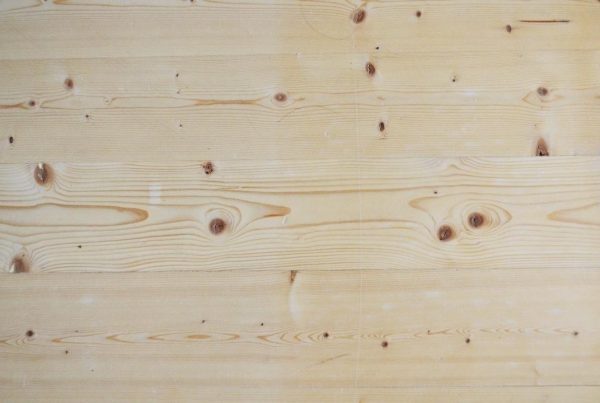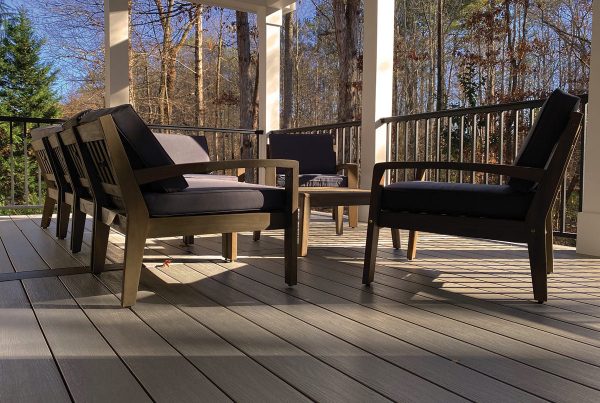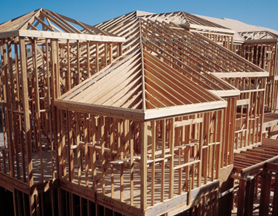Buying lumber can often feel like a confusing maze to navigate, even for experienced buyers and contractors. The sheer variety of wood types and specifications can leave anyone scratching their head. Whether you’re a seasoned pro or a first-time buyer, this easy-to-understand lumber buying guide is here to simplify the process.
**Understanding Lumber Basics**
Before we dive into the details, it’s crucial to grasp that there’s a wide array of lumber types out there. To ensure you make the right choice, especially if you’re not a lumber expert, always double-check to confirm you’re getting the right material for your project.
**1. Softwood vs. Hardwood**
Wood is broadly categorized into two main groups: softwood and hardwood. Contrary to what you might assume, the distinction isn’t about the wood’s actual hardness or softness. Take Balsa wood, for example—it’s incredibly soft but falls under the hardwood category. The key difference lies in their sources: hardwoods come from flowering plants, while softwoods are sourced from evergreen conifers.
Understanding this categorization is vital because each type is better suited for specific tasks. Hardwoods like oak, maple, and walnut excel in outdoor applications, whereas softwoods like Doug-fir, Spruce, and Hem-fir are ideal for indoor projects.
**2. Moisture Content**
Ever heard a lumber seller refer to wood as “green” and wondered why it isn’t green in color? The term “green” rarely refers to the wood’s hue. Instead, it signifies freshly cut wood with a high moisture content (S-GRN). While green wood can work well for some projects, it’s prone to warping, splitting, and cupping. For most projects, it’s best to avoid it.
A better choice is Kiln-dried (KD) lumber, which has been stacked and dried to reduce moisture content. Other moisture ratings include S-DRY (less than 19 percent moisture) and MC-15 (15 percent or less moisture). These ratings are typically stamped on the lumber for easy identification.
**3. Surfaced vs. Unsurfaced**
This distinction concerns whether the lumber has been smoothed or not. Commonly, surfaced lumber is referred to as S4S, indicating that it’s been planed on all four sides. In contrast, unsurfaced lumber is often called “rough.” Whether you prefer surfaced or unsurfaced lumber depends on your personal preference and the specific requirements of your project.
**4. Lumber Grades**
Understanding lumber grades is crucial, as it pertains to quality and appearance. These grades are typically marked on the lumber and are denoted as A, B, C, and D. Grade A represents the highest quality with the fewest knots or imperfections, while Grade D is of lower quality with more imperfections. To make an informed choice, it’s advisable to discuss lumber grades with your dealer.
**5. Lumber Sizes**
Lastly, consider lumber sizes, which come in two dimensions: nominal and actual/surfaced sizes. The nominal size refers to the dimensions before drying and surfacing, while the actual size is the reduced dimension after these processes.
For example, lumber with a nominal size of 2 by 6 inches will shrink to an actual size of 1 1/2 by 5 1/2 inches after processing. Keep in mind that lumber is typically referred to using its nominal size.
With this simplified and clarified lumber buying guide, you’re better equipped to make informed decisions and select the right lumber for your project, regardless of your level of expertise. Happy woodworking!











